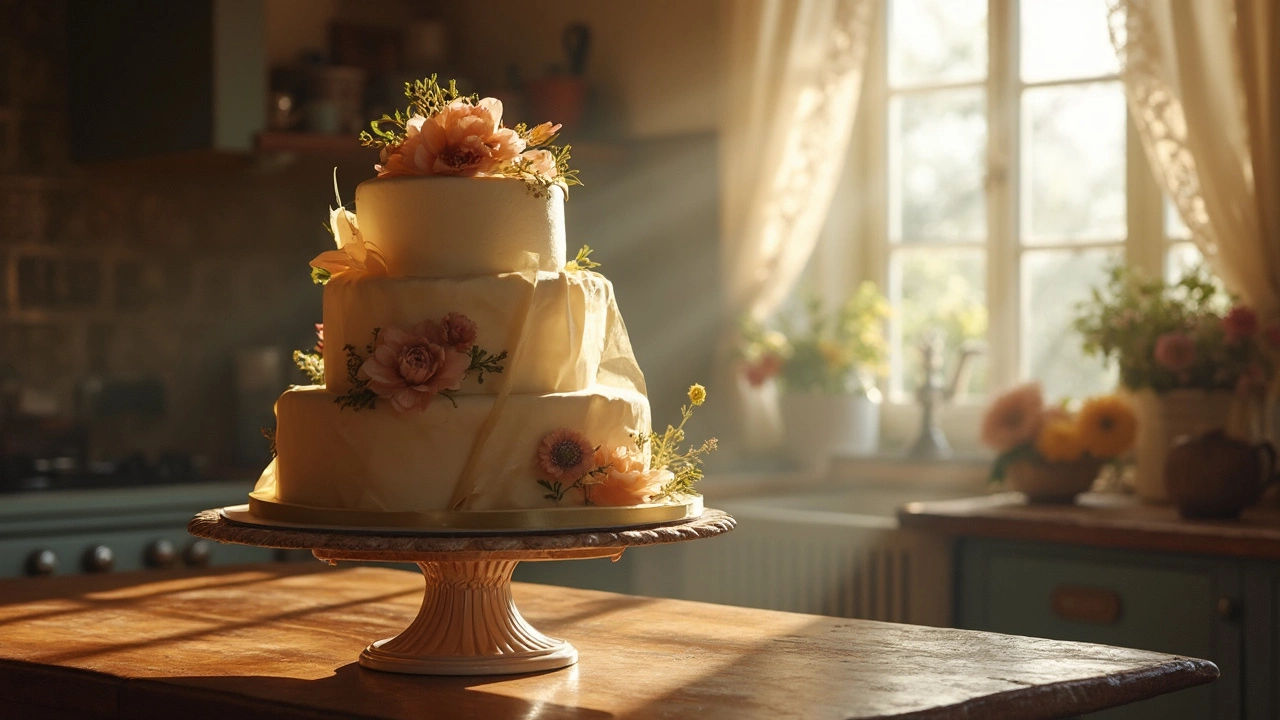Wedding Cake Safety: Simple Steps to Keep Your Cake Fresh and Stable
Your wedding cake is a centerpiece, but it can turn into a disaster if you don’t protect it. The good news? You only need a few smart moves to avoid cracks, spills, and melting. Below are the basics you can start doing today.
Plan the Transport Early
The moment your cake leaves the bakery, it’s vulnerable. Ask the baker about the ideal transport crate – it should be sturdy, level, and insulated. If you’re using a rental truck, place the crate on a flat surface, not on the side of a ramp. Secure it with straps or non‑slip mats so it won’t slide when the vehicle stops.
Don’t load the cake last minute. Load it first, then fill the rest of the vehicle around it. This way you won’t have to shuffle it later and risk a wobble. Keep the temperature cool (around 55‑65°F) especially in hot weather; a simple portable cooler works wonders.
Set Up the Cake Properly at the Venue
When you arrive, choose a spot away from direct sunlight and drafts. A table with a sturdy base is a must – avoid wobbly folding tables. If the venue uses a dance floor that will vibrate, place a rubber mat under the table to absorb movement.
Use a cake board that matches the size of your cake. It adds stability and catches any crumbs or frosting that might slip. If you’re stacking tiers, make sure each tier sits on a dowel or cake pole; this prevents the weight from crushing the lower layers.
Give the cake a little breathing room. A 2‑inch gap between the cake and any walls or decorations stops accidental nudges. And if you have a DIY frosting topper, keep it separate until the last moment to avoid extra weight while moving.
Preserve Freshness Until Cutting
Most wedding cakes can sit out for 4‑6 hours without drying out, but humidity and heat are the enemies. Cover the cake loosely with a dome or clear acrylic cover if the venue is warm. This keeps insects out and slows frosting melt.
If your cake has fresh flowers, remove them just before cutting. Flowers can release moisture that makes the frosting soggy. Store any extra frosting in the fridge and bring it out 30 minutes before serving to keep it soft.
Common Mistakes to Avoid
Never place a heavy cake on a table made of glass or thin wood – it can shatter or tip. Skip using coffee cans or random boxes as crates unless they’re reinforced; they can collapse and ruin the design.
Don’t underestimate the power of a gentle breeze. Open doors or windows near the cake can cause a sudden gust that nudges a tier. A quick “no‑wind” sign for the cake table can save you a lot of stress.
Lastly, avoid last‑minute frosting fixes. If a part looks uneven, it’s better to leave it than to add more frosting that could slip later.
By planning transport, setting up a stable base, and protecting the cake from heat and drafts, you’ll keep your wedding cake looking as gorgeous as the day you ordered it. Follow these easy steps and focus on enjoying your big day – the cake will stay safe and delicious, just as you imagined.

- Mar, 15 2025
- Comments 0